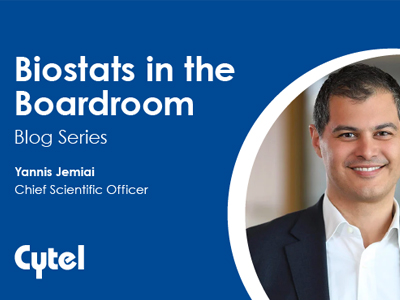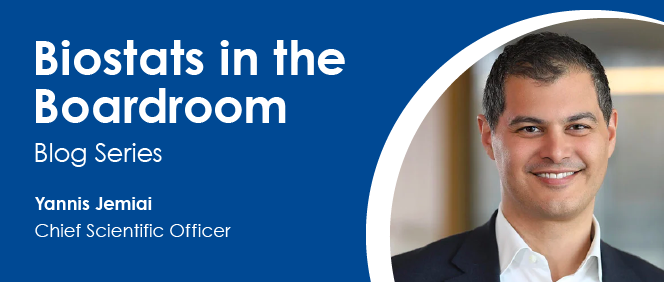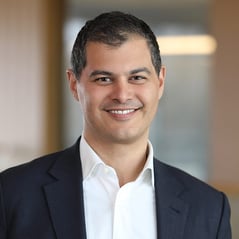New Dimensions of Clinical Trial Optimization


For much of the past three decades, even as methodologies for clinical trial design have advanced and refined, the idea of the optimized clinical trial has centered on optimal patient samples, target enrollment rates, and generally the most efficient uses of scarce resources in the form of patients. Yet anyone who has had to design and optimize a clinical trial, knows that trial optimization occurs within an ecosystem of choices; a series of choices that stretch from the time it takes to implement a clinical trial and submit clinical data for analysis, to general concerns about the cost and power of a clinical trial. A true clinical trial optimization process would try to unify a number of these choices into a single framework for trial optimization.
The complexity of clinical trial optimization comes from the need to align priorities on the one hand, and to understand opportunities on the other. We know that at a very general level, clinical operations specialists benefit from simplicity in clinical trial design, and that commercial teams prefer shorter clinical trials to longer ones. We also know that the statistical design of a clinical trial can influence both simplicity and duration. Yet how many sponsors have their clinical operations and commercial teams, sit with their R&D teams to review various statistically nuanced design options?
For many sponsors, the reason this process does not occur as often as it should, is because the nuanced statistical parameters of a clinical trial design are very difficult to communicate to non-statisticians. Yet a trial optimization tool like Solara, equipped with data visualizations and the ability to see tradeoffs intuitively, can overcome this challenge. The real challenge is often convincing the non-statistician that they have a stake in clinical trial design.
Cytel recently had a client that thought it needed a sample size re-estimation design, because it had a very strict limit on the number of patients it could enroll. After a few hours of working with Solara, though, a statistician discovered that a much simpler Group Sequential Design would deliver comparable power using about the same number of patients. The gains from the more complex design were minimal from the optimization perspective, when understood as the eco-system of choices.
Similarly, most commercial teams pressure their clinical trial designers to have the most accelerated clinical trial imaginable, but as we all know, the longer the clinical trial the more likely there will be a higher number of events that demonstrate the effectiveness of a new medicine. So commercialization teams have a stake in longer clinical trials, even when their rule of thumb is to shorten them.
Therefore, it is absolutely essential to communicate the benefits of various statistical designs to multiple stakeholders in a way that makes tradeoffs clear. Aligning on priorities early during the clinical trial design process is essential to selecting the optimal clinical trial. Yet for this statisticians need to be equipped for both a strategic and communicative role in the R&D process. Click below to learn how Solara can enable a statistician to do this.
About Yannis Jemiai
 Yannis Jemiai has a pivotal role within Cytel as Chief Scientific Officer he has oversight for the corporate-level Scientific Agenda which includes establishing research portfolios in Bayesian, small sample, and other flexible designs; as well as complex innovative designs including adaptive trials, master protocols and MAMS. Yannis also has an extensive portfolio of research in adaptive trial design, financial and pharmaceutical strategy, decision theory, and regulatory affairs.
Yannis Jemiai has a pivotal role within Cytel as Chief Scientific Officer he has oversight for the corporate-level Scientific Agenda which includes establishing research portfolios in Bayesian, small sample, and other flexible designs; as well as complex innovative designs including adaptive trials, master protocols and MAMS. Yannis also has an extensive portfolio of research in adaptive trial design, financial and pharmaceutical strategy, decision theory, and regulatory affairs.
His own research has been published in numerous statistical journals. Dr. Jemiai earned his Ph.D. from Harvard University, an M.P.H. from Columbia University, and a B.A. in Molecular and Cellular Biology also from Harvard.


